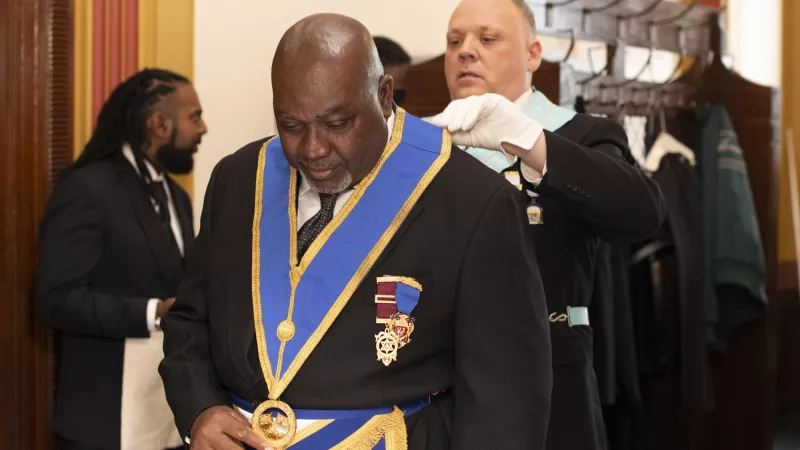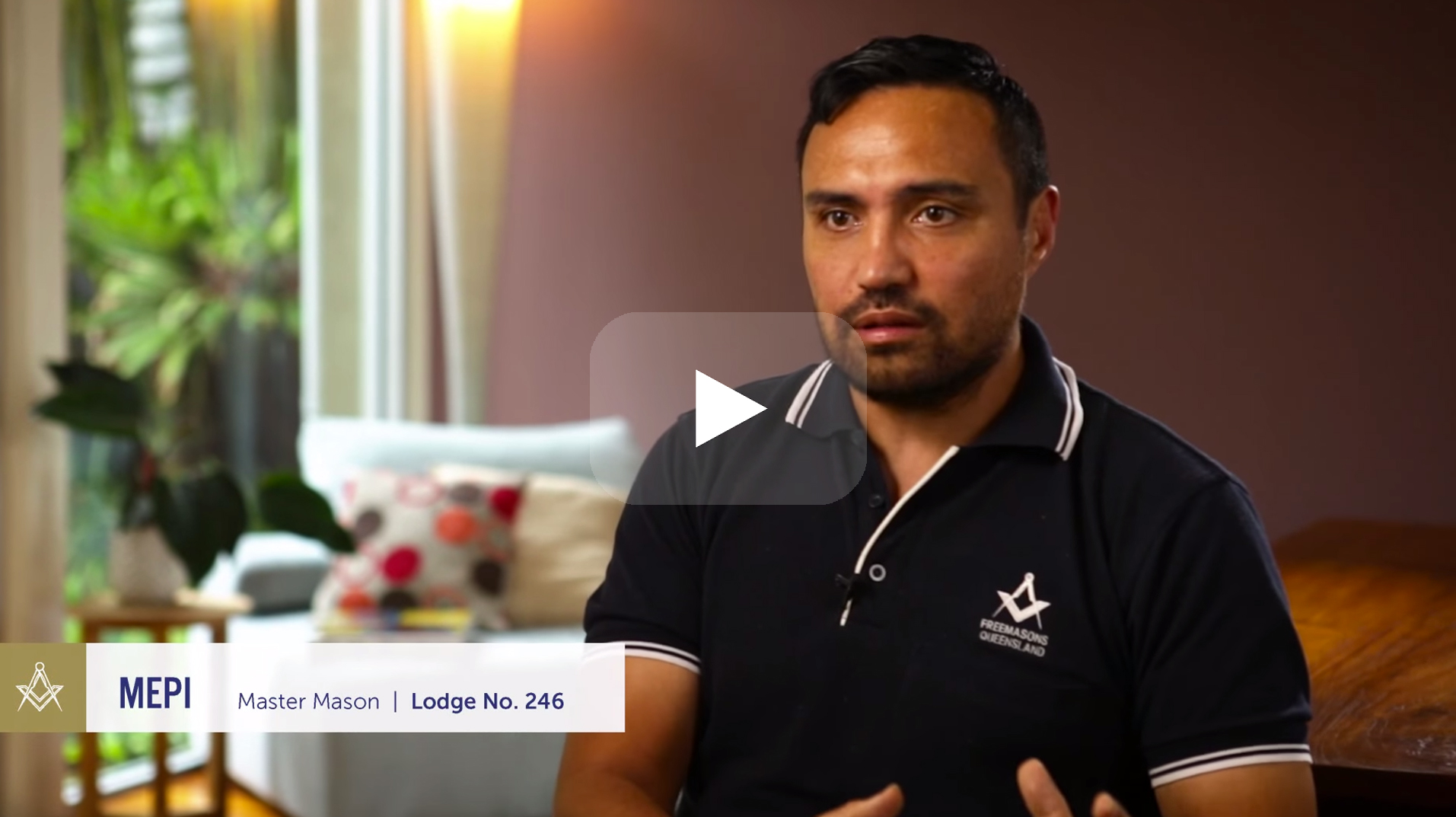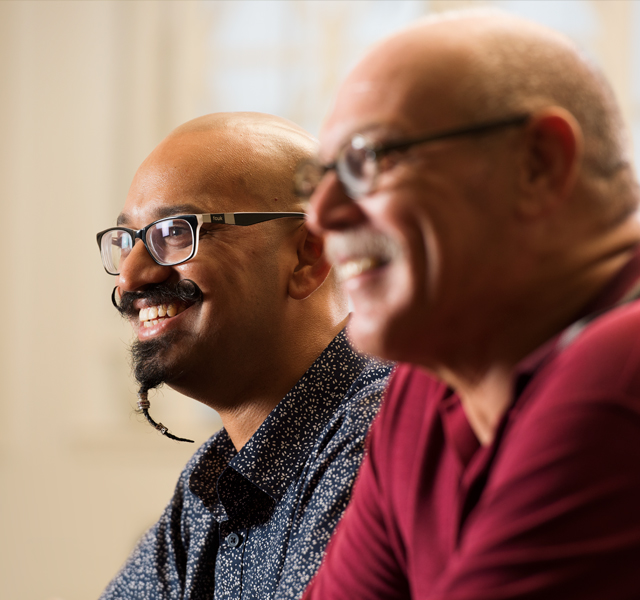Unveiling the Key Benefit of Joining Freemason for Lifelong Brotherhood
Unveiling the Key Benefit of Joining Freemason for Lifelong Brotherhood
Blog Article
Discovering the Mysteries of the copyright: What You Need to Know
The copyright, a term typically shrouded in intrigue and controversy, stands for a complex tapestry of historical reality and modern myth. Developed in the late 18th century, this secret culture was originally rooted in the Enlightenment's perfects however has given that come to be associated with conspiracy concepts regarding elite control. As we browse the origins, crucial figures, and the plain contrast in between misconception and truth, one need to consider exactly how these stories influence modern perceptions of power and privacy. What may be exposed through a better evaluation of these aspects can challenge long-held assumptions about the darkness that linger in our culture.
Beginnings of the copyright
The beginnings of the copyright are steeped in a mix of historical intrigue and ideological fervor. Established in 1776 in Ingolstadt, Bavaria, by Adam Weishaupt, the group was originally formed as a secret society aimed at promoting Enlightenment ideals such as reason, secularism, and the splitting up of church and state. join freemason. Weishaupt, a professor of canon law, sought to challenge the dominating authority of the church and state, which he deemed overbearing establishments suppressing intellectual and individual liberty
The copyright looked for to recruit prominent members from various social markets, consisting of politics, academia, and the arts, to promote a network committed to these Enlightenment principles. The culture run under a shroud of secrecy, utilizing coded language and routines to secure its participants from oppression, especially provided the repressive climate of the moment. However, the copyright faced substantial resistance from both governmental authorities and religious establishments, which saw the group as a threat to their power.
Secret Figures and Participants
That were the crucial figures that shaped the copyright's early impact and instructions? The Bavarian copyright, started in 1776 by Adam Weishaupt, emerged as a response to the overbearing societal frameworks of the time.
Another significant figure was Johann Gottlieb Fichte, a popular theorist whose concepts on nationalism and education reverberated with the copyright's objectives. Although Fichte was not a formal participant, his thoughtful underpinnings influenced the group's ideological background. Additionally, figures like the writer and philosopher Johann Wolfgang von Goethe were connected with the wider intellectual movements of the time, although their direct participation with the copyright remains questioned.
These vital figures added to the copyright's very early instructions, pressing the limits of political and social thought, while their cumulative initiatives aimed to challenge well established standards and foster an environment of dynamic change in Europe. (join freemason)
Misconceptions vs. Reality
Lots of false impressions border the copyright, usually mixing reality with fiction in a way that obscures its true nature. The idea that the copyright proceeds to exert significant impact over globe events is a myth.
One more widespread misconception is that the copyright makes up a network of elite individuals adjusting international events. In truth, numerous conspiracy theories overemphasize the team's significance, connecting unfounded motives to societal trends and events. This has resulted in an oversimplified sight of complex problems.
Furthermore, the portrayal check over here of the copyright in prominent society usually further distorts its legacy. Movies and literary works tend to sensationalize the organization's function, creating a narrative that splits from historical realities. Recognizing the difference in between the misconceptions and the fact of the copyright is crucial for discerning the authentic effect of this historical group and identifying the wider effects of conspiracy concepts in modern society.

Modern Analyses
Contemporary interpretations of the copyright typically show more comprehensive social anxiousness and a fascination with privacy and power. This modern-day lens regularly links the copyright with conspiracy theory theories that suggest a concealed elite manages world events, adjusting governments and economic situations for their very own gain. Such narratives use a deep-seated mistrust of authority, especially in times of crisis or social upheaval.
In pop culture, the copyright is typically depicted as an omnipotent company shrouded in secret, leading to a variety of fictional representations in literary works, movie, and songs. This representation serves not just to amuse however additionally to provoke thought concerning the nature of power and control in contemporary society. Social media has actually better magnified these interpretations, permitting quick circulation of conspiracy theory theories and producing neighborhoods that share and expand upon these concepts.
In addition, some modern interpretations mount the copyright as a metaphor for the intricacies of globalization and the interconnectedness of influential people and organizations. This perspective encourages a critical assessment of how power characteristics run in today's world, highlighting the balance between transparency and secrecy pop over to these guys in governance and corporate methods.
Cultural Effect and Tradition
Influenced by centuries of intrigue, the social influence and heritage of the copyright extend much beyond its historic beginnings. This secret society, developed in the late 18th century, has actually permeated different facets of pop culture, from literature and movie to songs and art. join freemason. The principle of the copyright has actually evolved into a sign of conspiracy theories, commonly standing for a perceived concealed power controling global events
In literature, writers like Dan Brown have actually woven the copyright into elaborate plots, exciting visitors with motifs of secrecy and power. Films such as "National Prize" and "The Da Vinci Code" additionally perpetuate the allure of the society, blending truth with fiction to produce engaging stories.

Eventually, the copyright's heritage is a complicated tapestry of misconception and reality, forming assumptions of privacy and control in contemporary discourse. Its long-lasting visibility in culture underscores mankind's perennial mission for understanding covert truths.

Final Thought
The expedition of the copyright exposes a complicated interaction in between historic truths and contemporary myth-making. Founded in the Enlightenment era, this culture intended to test oppressive structures, yet its tradition has actually been overshadowed by conspiracy theory theories that suggest article source elite manipulation. Recognizing the distinctions between the original suitables and contemporary interpretations is necessary for comprehending the enduring attraction with the copyright and its substantial influence on social stories surrounding power and privacy in society.
Report this page